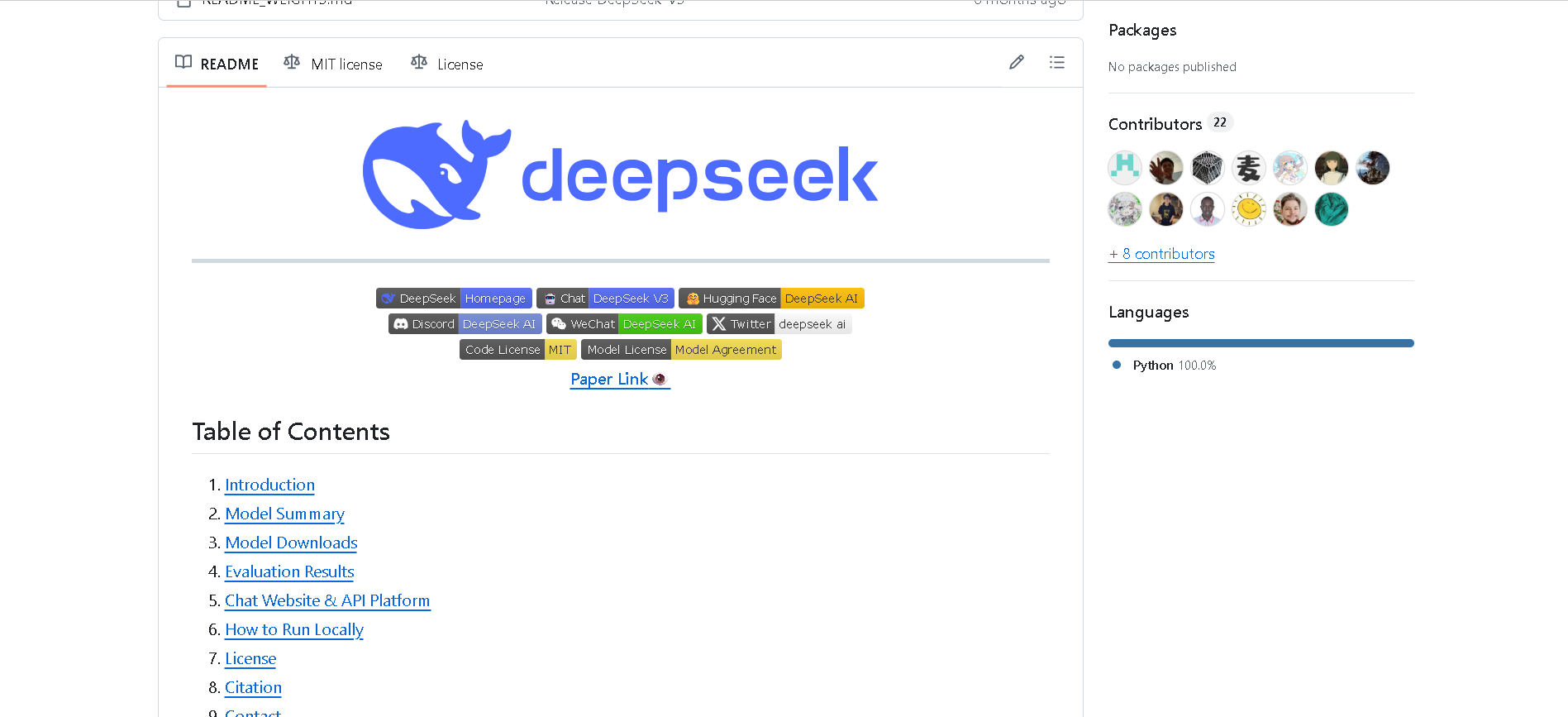
- Developers & Engineers: Build open-source multimodal assistants, code tools, and long-context pipelines.
- Researchers & Academics: Investigate novel MoE architectures, MLA, MTP, and reinforcement learning fine-tuning.
- Enterprises: Deploy via Azure Foundry, Hugging Face, or DeepSeek API with token-based pricing.
- Content & Data Teams: Create code, summaries, mathematical reasoning, and long-form insights at scale.
- Open-Source Community: Access freely under MIT license; weights run locally or — via FP8 — on consumer hardware including Mac Studio equipped with M3 Ultra.
How to Use DeepSeek V3?
- Get the Model: Available on Hugging Face or through Azure AI Foundry catalog.
- Incorporate Into Projects: Use with OpenAI-compatible API, local frameworks like SGLang or LMDeploy; deploy with FP8 or BF16 precision.
- Send Prompts: Submit up to 128K tokens; includes base and chat-tuned variants.
- Fine-Tune & Use: Support via Supervised Fine-Tuning and Reinforcement Learning distillation from R1 improves reasoning clarity.
- Monitor Metrics: Use benchmark insights and use token-based pricing ($0.0011–$0.0056 input; $0.0046–$0.011 output depending on cache and region).
- Massive MoE Architecture: Runs with 37B activated params per token—high efficiency.
- Innovative Training: Uses Multi-Head Latent Attention and Multi-Token Prediction to speed up inference; trained on 14.8T tokens in FP8 over 2.78M GPU hours.
- Benchmark Leadership: Scores
87–89% on MMLU,90% on Math-500,65% HumanEval,75% MBPP; rivals GPT-4o and Claude 3.5. - Cost-Efficient Training & Inference: Developed for
$5.6M and offers competitive edge pricing; inference at60 TPS, runs even on Mac hardware. - Fully Open-Source: MIT license, open weights, API, and technical details available—including local deployment options.
- Frontier-level performance rivaling closed models
- Efficient inference and cost-effective training
- 128K-token context supports long-document tasks
- Open-source and MIT-licensed for flexibility
- Consumer hardware support expands accessibility
- Large model size—needs hardware sophistication or FP8 tooling
- Cache-hit pricing variations globally may complicate planning
- Early iterations may need calibration for production consistency
API
$0.14/$0.28 per 1M tokens
Proud of the love you're getting? Show off your AI Toolbook reviews—then invite more fans to share the love and build your credibility.
Add an AI Toolbook badge to your site—an easy way to drive followers, showcase updates, and collect reviews. It's like a mini 24/7 billboard for your AI.
Reviews
Rating Distribution
Average score
Popular Mention
FAQs
Similar AI Tools
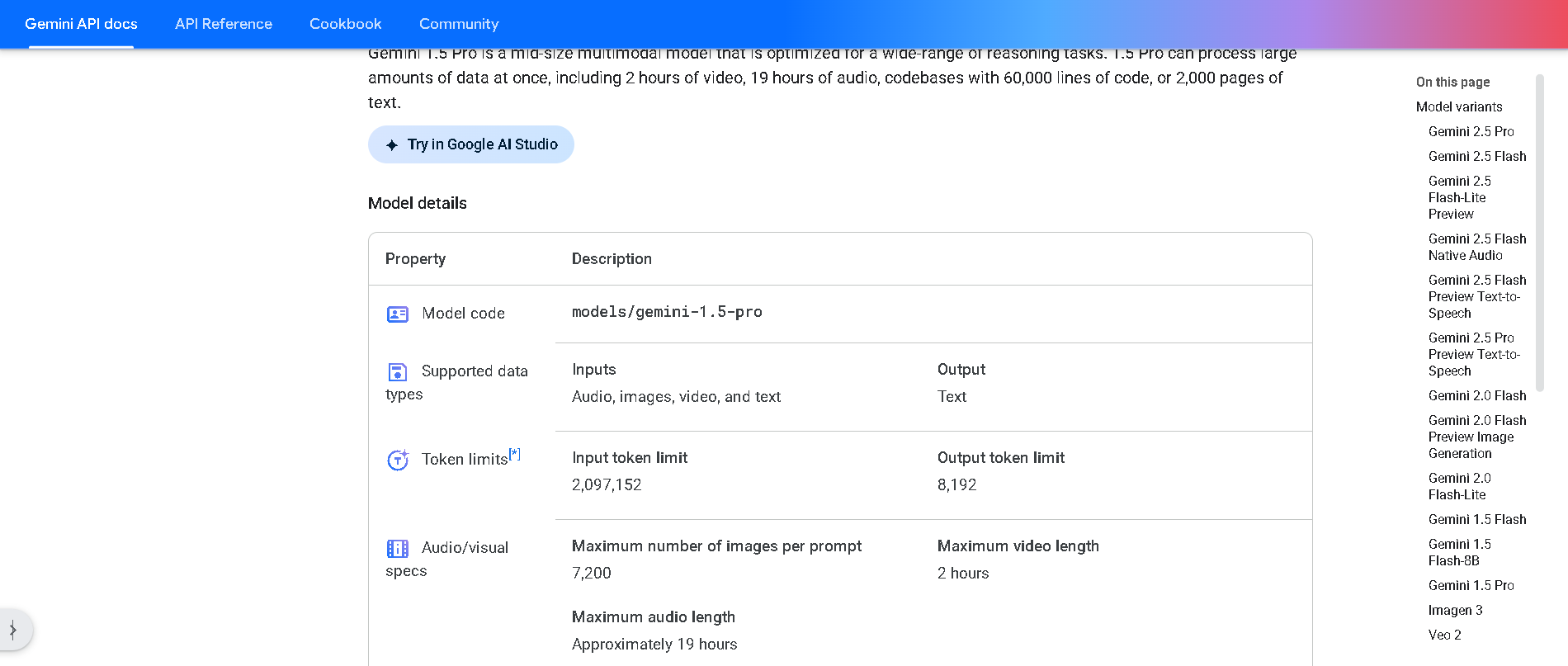

Gemini 1.5 Pro
Gemini 1.5 Pro is Google DeepMind’s mid-size multimodal model, using a mixture-of-experts (MoE) architecture to deliver high performance with lower compute. It supports text, images, audio, video, and code, and features an experimental context window up to 1 million tokens—the longest among widely available models. It excels in long-document reasoning, multimodal understanding, and in-context learning.


Gemini 1.5 Pro
Gemini 1.5 Pro is Google DeepMind’s mid-size multimodal model, using a mixture-of-experts (MoE) architecture to deliver high performance with lower compute. It supports text, images, audio, video, and code, and features an experimental context window up to 1 million tokens—the longest among widely available models. It excels in long-document reasoning, multimodal understanding, and in-context learning.


Gemini 1.5 Pro
Gemini 1.5 Pro is Google DeepMind’s mid-size multimodal model, using a mixture-of-experts (MoE) architecture to deliver high performance with lower compute. It supports text, images, audio, video, and code, and features an experimental context window up to 1 million tokens—the longest among widely available models. It excels in long-document reasoning, multimodal understanding, and in-context learning.
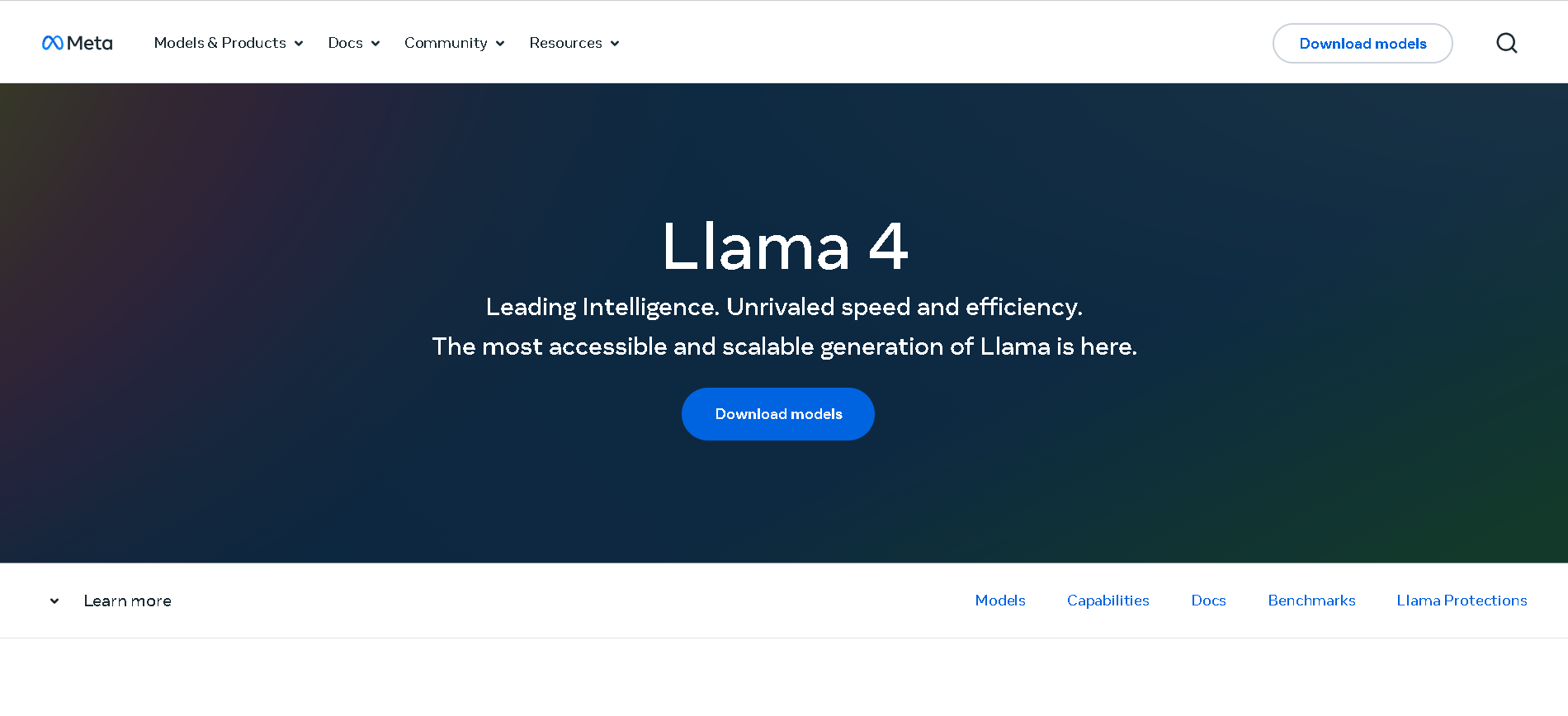
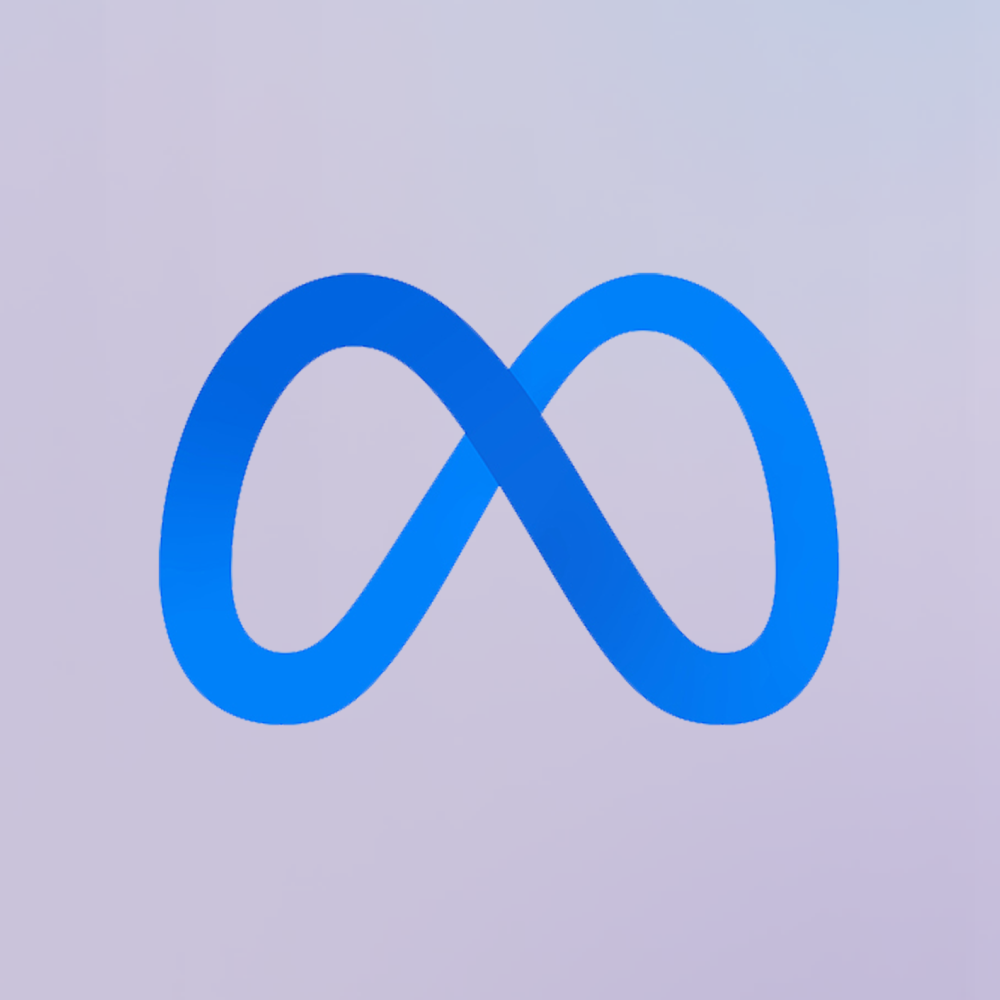
Meta Llama 4
Meta Llama 4 is the latest generation of Meta’s large language model series. It features a mixture-of-experts (MoE) architecture, making it both highly efficient and powerful. Llama 4 is natively multimodal—supporting text and image inputs—and offers three key variants: Scout (17B active parameters, 10 M token context), Maverick (17B active, 1 M token context), and Behemoth (288B active, 2 T total parameters; still in development). Designed for long-context reasoning, multilingual understanding, and open-weight availability (with license restrictions), Llama 4 excels in benchmarks and versatility.


Meta Llama 4
Meta Llama 4 is the latest generation of Meta’s large language model series. It features a mixture-of-experts (MoE) architecture, making it both highly efficient and powerful. Llama 4 is natively multimodal—supporting text and image inputs—and offers three key variants: Scout (17B active parameters, 10 M token context), Maverick (17B active, 1 M token context), and Behemoth (288B active, 2 T total parameters; still in development). Designed for long-context reasoning, multilingual understanding, and open-weight availability (with license restrictions), Llama 4 excels in benchmarks and versatility.


Meta Llama 4
Meta Llama 4 is the latest generation of Meta’s large language model series. It features a mixture-of-experts (MoE) architecture, making it both highly efficient and powerful. Llama 4 is natively multimodal—supporting text and image inputs—and offers three key variants: Scout (17B active parameters, 10 M token context), Maverick (17B active, 1 M token context), and Behemoth (288B active, 2 T total parameters; still in development). Designed for long-context reasoning, multilingual understanding, and open-weight availability (with license restrictions), Llama 4 excels in benchmarks and versatility.
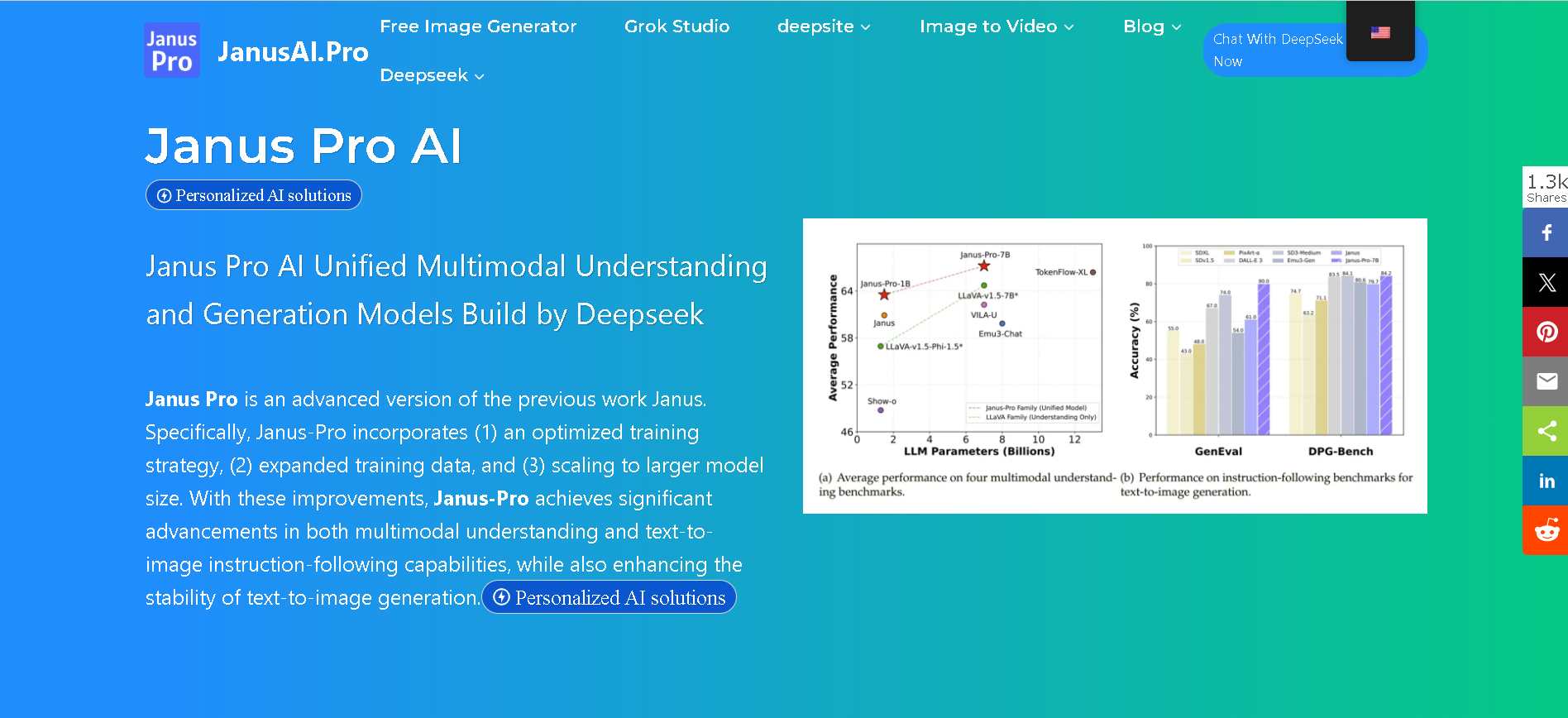

Janus-Pro-7B
anus Pro 7B is DeepSeek’s flagship open-source multimodal AI model, unifying vision understanding and text-to-image generation within a single transformer architecture. Built on DeepSeek‑LLM‑7B, it uses a decoupled visual encoding approach paired with SigLIP‑L and VQ tokenizer, delivering superior visual fidelity, prompt alignment, and stability across tasks—benchmarked ahead of OpenAI’s DALL‑E 3 and Stable Diffusion variants.


Janus-Pro-7B
anus Pro 7B is DeepSeek’s flagship open-source multimodal AI model, unifying vision understanding and text-to-image generation within a single transformer architecture. Built on DeepSeek‑LLM‑7B, it uses a decoupled visual encoding approach paired with SigLIP‑L and VQ tokenizer, delivering superior visual fidelity, prompt alignment, and stability across tasks—benchmarked ahead of OpenAI’s DALL‑E 3 and Stable Diffusion variants.


Janus-Pro-7B
anus Pro 7B is DeepSeek’s flagship open-source multimodal AI model, unifying vision understanding and text-to-image generation within a single transformer architecture. Built on DeepSeek‑LLM‑7B, it uses a decoupled visual encoding approach paired with SigLIP‑L and VQ tokenizer, delivering superior visual fidelity, prompt alignment, and stability across tasks—benchmarked ahead of OpenAI’s DALL‑E 3 and Stable Diffusion variants.
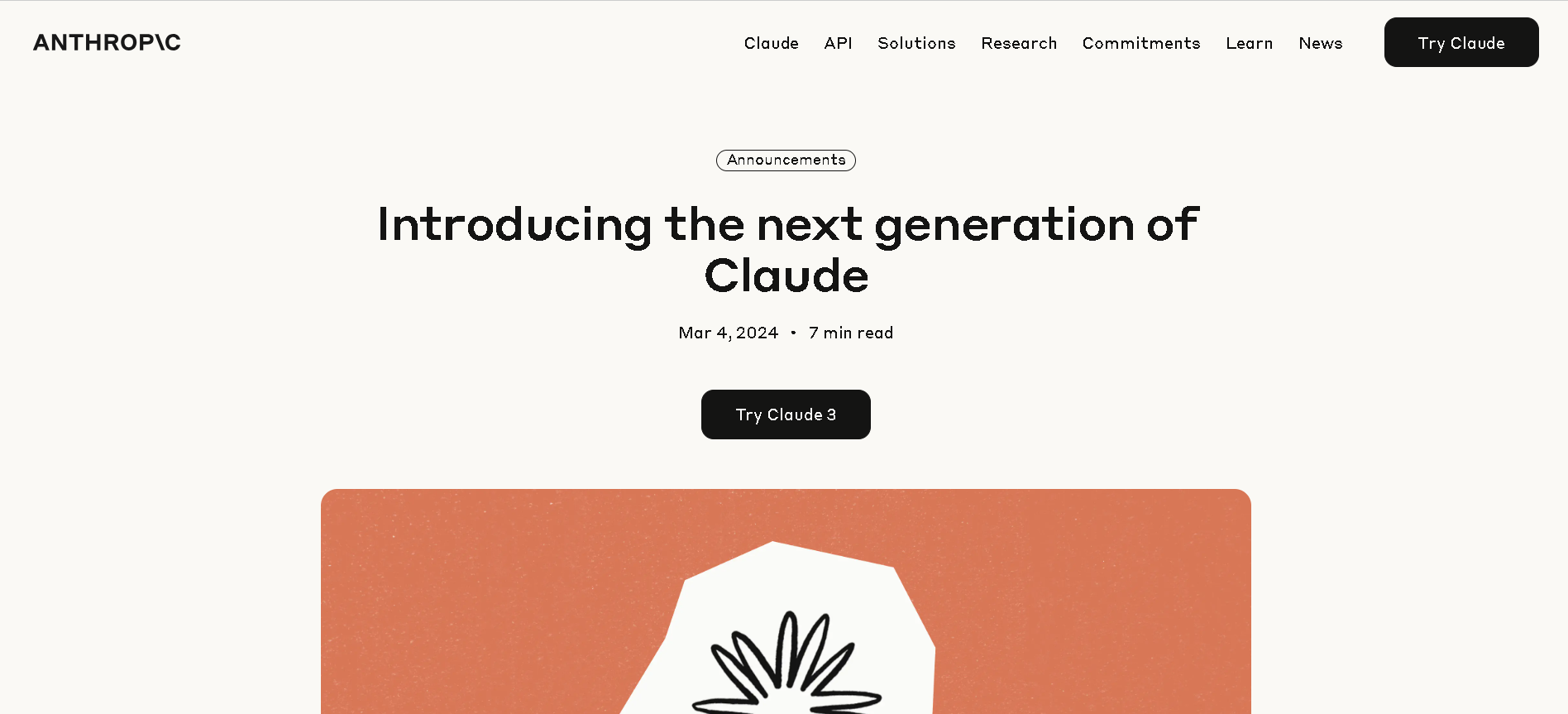

Claude 3 Opus
Claude 3 Opus is Anthropic’s flagship Claude 3 model, released March 4, 2024. It offers top-tier performance for deep reasoning, complex code, advanced math, and multimodal understanding—including charts and documents—supported by a 200K‑token context window (extendable to 1 million in select enterprise cases). It consistently outperforms GPT‑4 and Gemini Ultra on benchmark tests like MMLU, HumanEval, HellaSwag, and more.


Claude 3 Opus
Claude 3 Opus is Anthropic’s flagship Claude 3 model, released March 4, 2024. It offers top-tier performance for deep reasoning, complex code, advanced math, and multimodal understanding—including charts and documents—supported by a 200K‑token context window (extendable to 1 million in select enterprise cases). It consistently outperforms GPT‑4 and Gemini Ultra on benchmark tests like MMLU, HumanEval, HellaSwag, and more.


Claude 3 Opus
Claude 3 Opus is Anthropic’s flagship Claude 3 model, released March 4, 2024. It offers top-tier performance for deep reasoning, complex code, advanced math, and multimodal understanding—including charts and documents—supported by a 200K‑token context window (extendable to 1 million in select enterprise cases). It consistently outperforms GPT‑4 and Gemini Ultra on benchmark tests like MMLU, HumanEval, HellaSwag, and more.
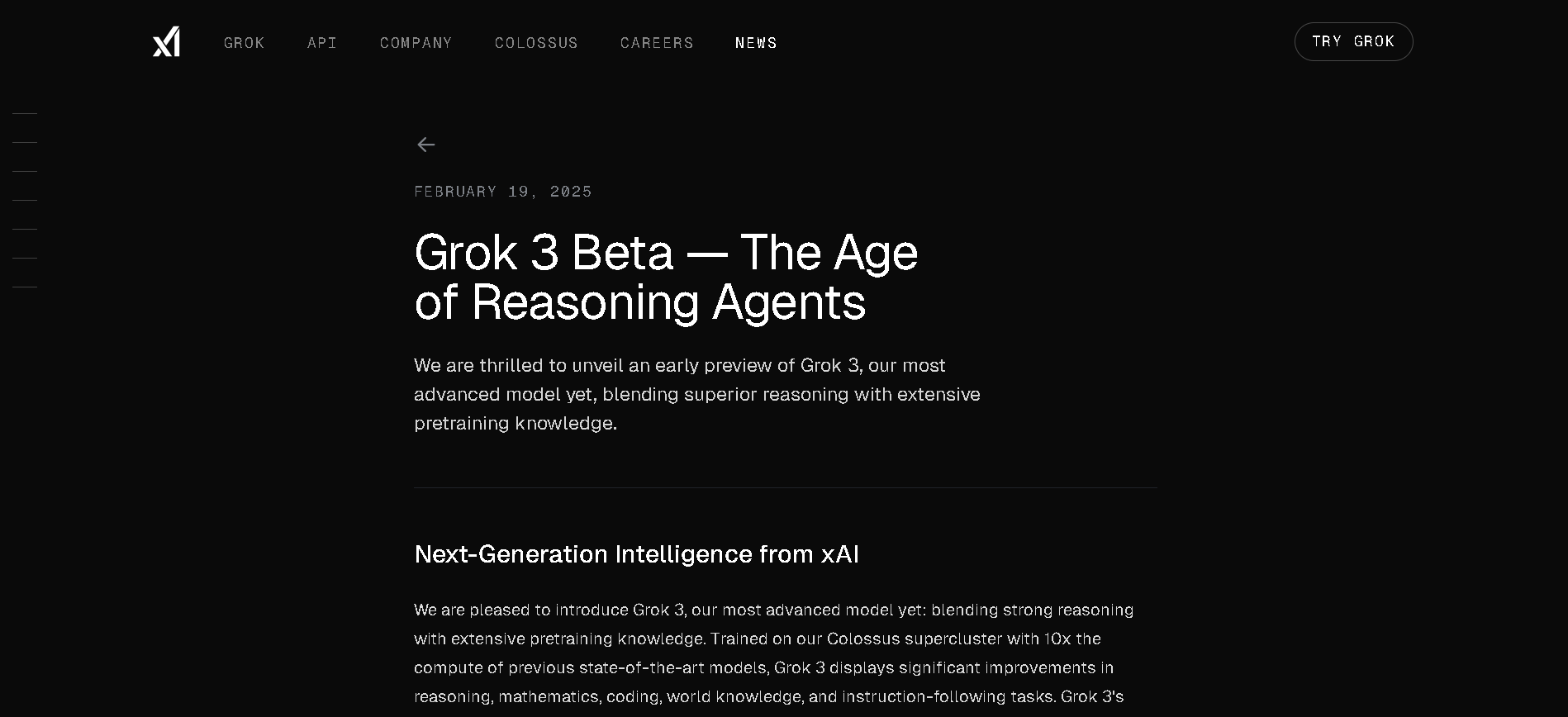
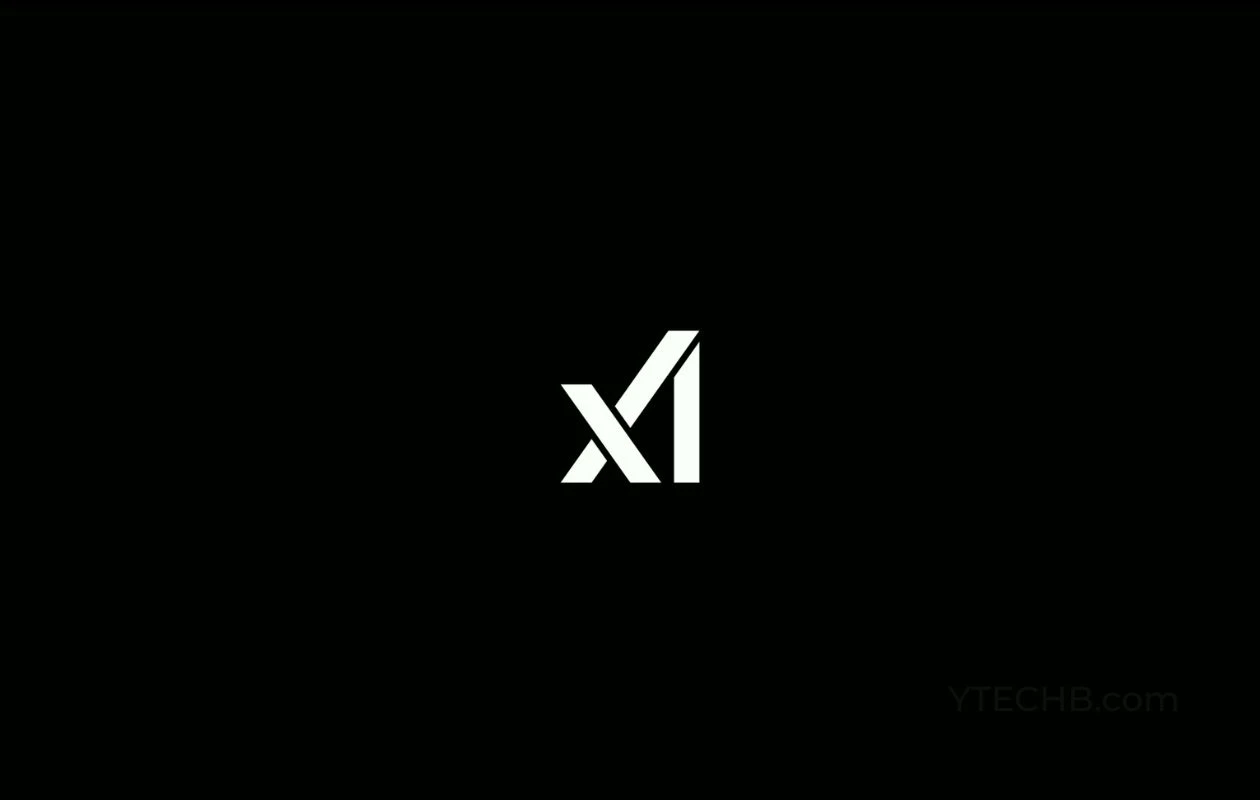
grok-3-fast
Grok 3 Fast is xAI’s low-latency variant of their flagship Grok 3 model. It delivers identical output quality but responds faster by leveraging optimized serving infrastructure—ideal for real-time, speed-sensitive applications. It inherits the same multimodal, reasoning, and chain-of-thought capabilities as Grok 3, with a large context window of ~131K tokens.


grok-3-fast
Grok 3 Fast is xAI’s low-latency variant of their flagship Grok 3 model. It delivers identical output quality but responds faster by leveraging optimized serving infrastructure—ideal for real-time, speed-sensitive applications. It inherits the same multimodal, reasoning, and chain-of-thought capabilities as Grok 3, with a large context window of ~131K tokens.


grok-3-fast
Grok 3 Fast is xAI’s low-latency variant of their flagship Grok 3 model. It delivers identical output quality but responds faster by leveraging optimized serving infrastructure—ideal for real-time, speed-sensitive applications. It inherits the same multimodal, reasoning, and chain-of-thought capabilities as Grok 3, with a large context window of ~131K tokens.
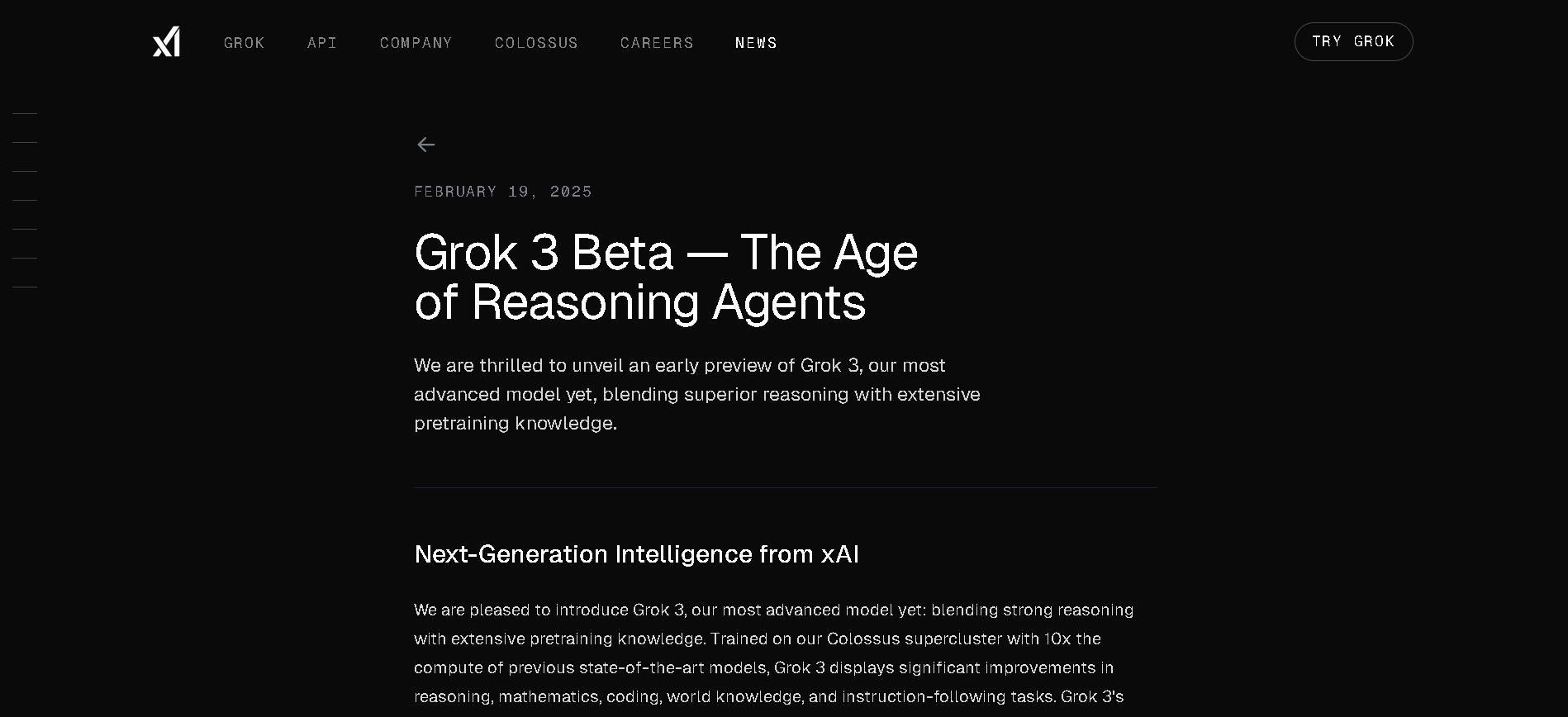
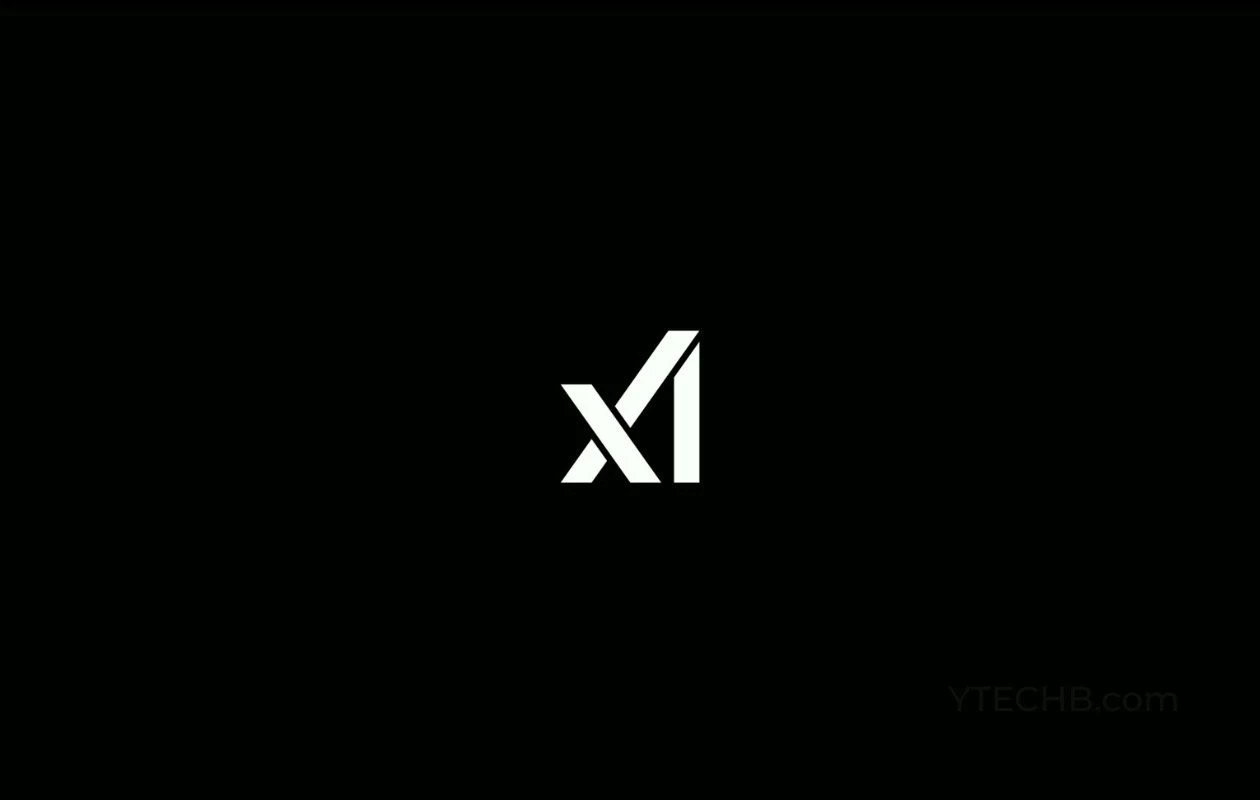
grok-3-fast-latest
Grok 3 Fast is xAI’s speed-optimized variant of their flagship Grok 3 model, offering identical output quality with lower latency. It leverages the same underlying architecture—including multimodal input, chain-of-thought reasoning, and large context—but serves through optimized infrastructure for real-time responsiveness. It supports up to 131,072 tokens of context.


grok-3-fast-latest
Grok 3 Fast is xAI’s speed-optimized variant of their flagship Grok 3 model, offering identical output quality with lower latency. It leverages the same underlying architecture—including multimodal input, chain-of-thought reasoning, and large context—but serves through optimized infrastructure for real-time responsiveness. It supports up to 131,072 tokens of context.


grok-3-fast-latest
Grok 3 Fast is xAI’s speed-optimized variant of their flagship Grok 3 model, offering identical output quality with lower latency. It leverages the same underlying architecture—including multimodal input, chain-of-thought reasoning, and large context—but serves through optimized infrastructure for real-time responsiveness. It supports up to 131,072 tokens of context.
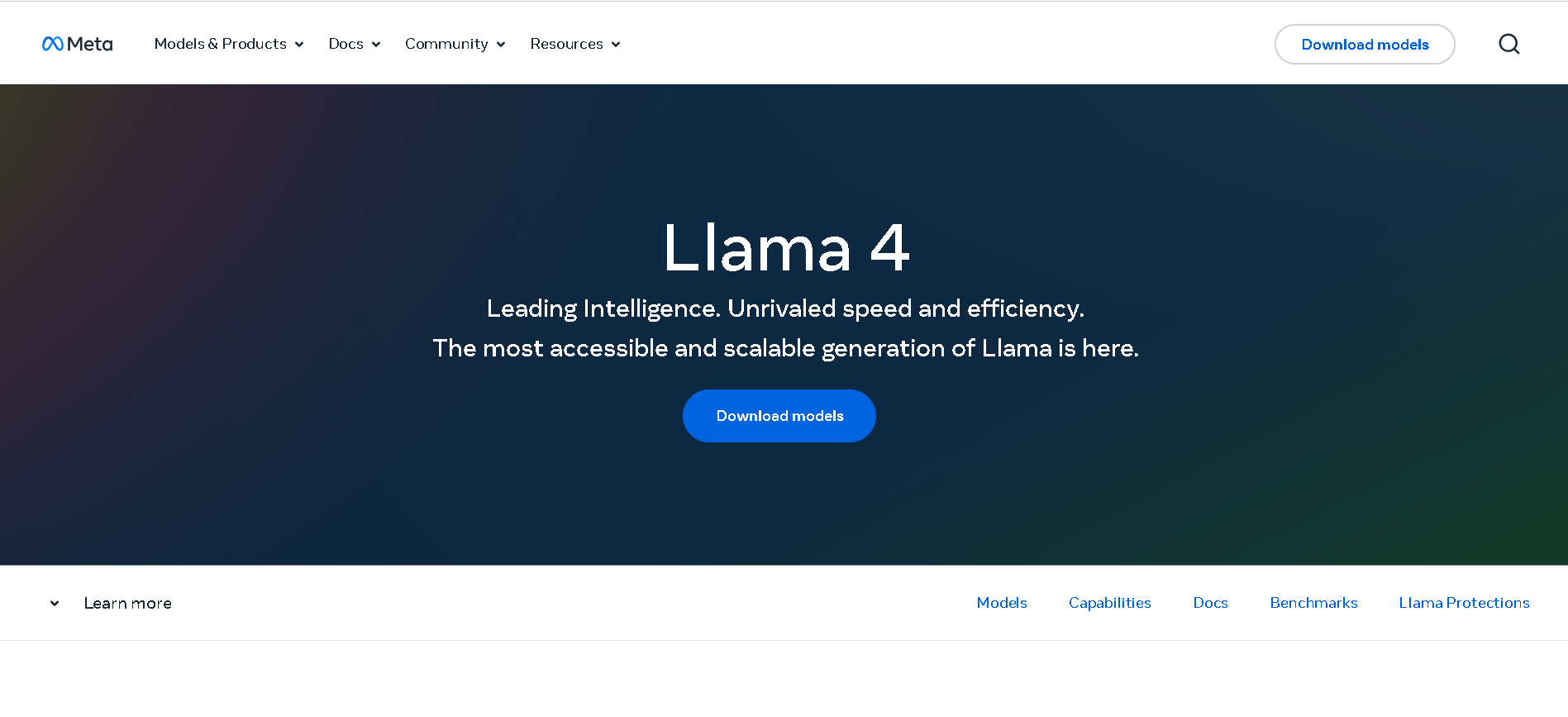

Meta Llama 4 Scout
Llama 4 Scout is Meta’s compact and high-performance entry in the Llama 4 family, released April 5, 2025. Built on a mixture-of-experts (MoE) architecture with 17B active parameters (109B total) and a staggering 10‑million-token context window, it delivers top-tier speed and long-context reasoning while fitting on a single Nvidia H100 GPU. It outperforms models like Google's Gemma 3, Gemini 2.0 Flash‑Lite, and Mistral 3.1 across benchmarks.


Meta Llama 4 Scout
Llama 4 Scout is Meta’s compact and high-performance entry in the Llama 4 family, released April 5, 2025. Built on a mixture-of-experts (MoE) architecture with 17B active parameters (109B total) and a staggering 10‑million-token context window, it delivers top-tier speed and long-context reasoning while fitting on a single Nvidia H100 GPU. It outperforms models like Google's Gemma 3, Gemini 2.0 Flash‑Lite, and Mistral 3.1 across benchmarks.


Meta Llama 4 Scout
Llama 4 Scout is Meta’s compact and high-performance entry in the Llama 4 family, released April 5, 2025. Built on a mixture-of-experts (MoE) architecture with 17B active parameters (109B total) and a staggering 10‑million-token context window, it delivers top-tier speed and long-context reasoning while fitting on a single Nvidia H100 GPU. It outperforms models like Google's Gemma 3, Gemini 2.0 Flash‑Lite, and Mistral 3.1 across benchmarks.
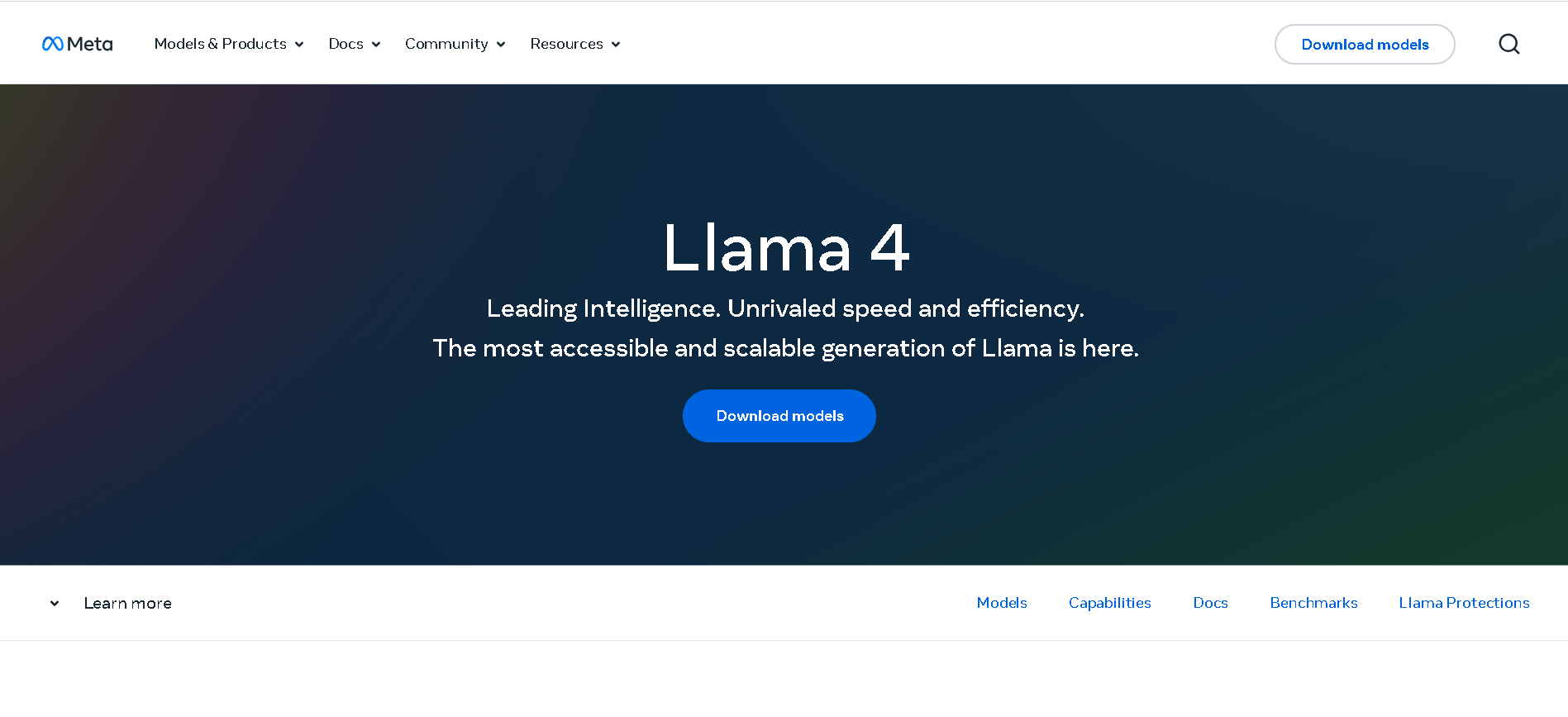
Llama 4 Maverick is Meta’s powerful mid-sized model in the Llama 4 series, released April 5, 2025. Built with a mixture-of-experts (MoE) architecture featuring 17 B active parameters (out of 400 B total) and 128 experts, it supports a 1 million-token context window and native multimodality for text and image inputs. It ranks near the top of competitive benchmarks—surpassing GPT‑4o and Gemini 2.0 Flash in reasoning, coding, and visual tasks.


Meta Llama 4 Maver..
Llama 4 Maverick is Meta’s powerful mid-sized model in the Llama 4 series, released April 5, 2025. Built with a mixture-of-experts (MoE) architecture featuring 17 B active parameters (out of 400 B total) and 128 experts, it supports a 1 million-token context window and native multimodality for text and image inputs. It ranks near the top of competitive benchmarks—surpassing GPT‑4o and Gemini 2.0 Flash in reasoning, coding, and visual tasks.


Meta Llama 4 Maver..
Llama 4 Maverick is Meta’s powerful mid-sized model in the Llama 4 series, released April 5, 2025. Built with a mixture-of-experts (MoE) architecture featuring 17 B active parameters (out of 400 B total) and 128 experts, it supports a 1 million-token context window and native multimodality for text and image inputs. It ranks near the top of competitive benchmarks—surpassing GPT‑4o and Gemini 2.0 Flash in reasoning, coding, and visual tasks.
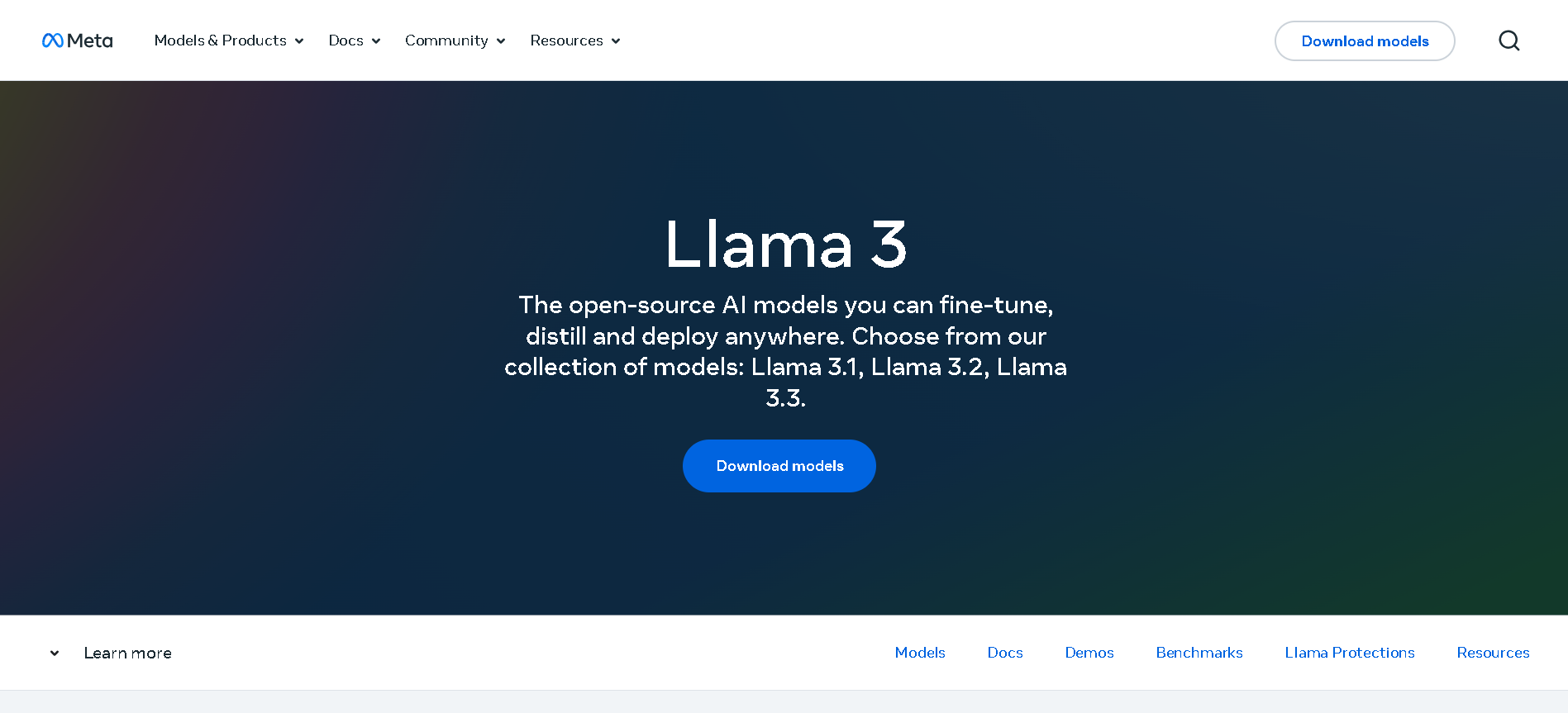

Meta Llama 3.2 Vis..
Llama 3.2 Vision is Meta’s first open-source multimodal Llama model series, released on September 25, 2024. Available in 11 B and 90 B parameter sizes, it merges advanced image understanding with a massive 128 K‑token text context. Optimized for vision reasoning, captioning, document QA, and visual math tasks, it outperforms many closed-source multimodal models.


Meta Llama 3.2 Vis..
Llama 3.2 Vision is Meta’s first open-source multimodal Llama model series, released on September 25, 2024. Available in 11 B and 90 B parameter sizes, it merges advanced image understanding with a massive 128 K‑token text context. Optimized for vision reasoning, captioning, document QA, and visual math tasks, it outperforms many closed-source multimodal models.


Meta Llama 3.2 Vis..
Llama 3.2 Vision is Meta’s first open-source multimodal Llama model series, released on September 25, 2024. Available in 11 B and 90 B parameter sizes, it merges advanced image understanding with a massive 128 K‑token text context. Optimized for vision reasoning, captioning, document QA, and visual math tasks, it outperforms many closed-source multimodal models.
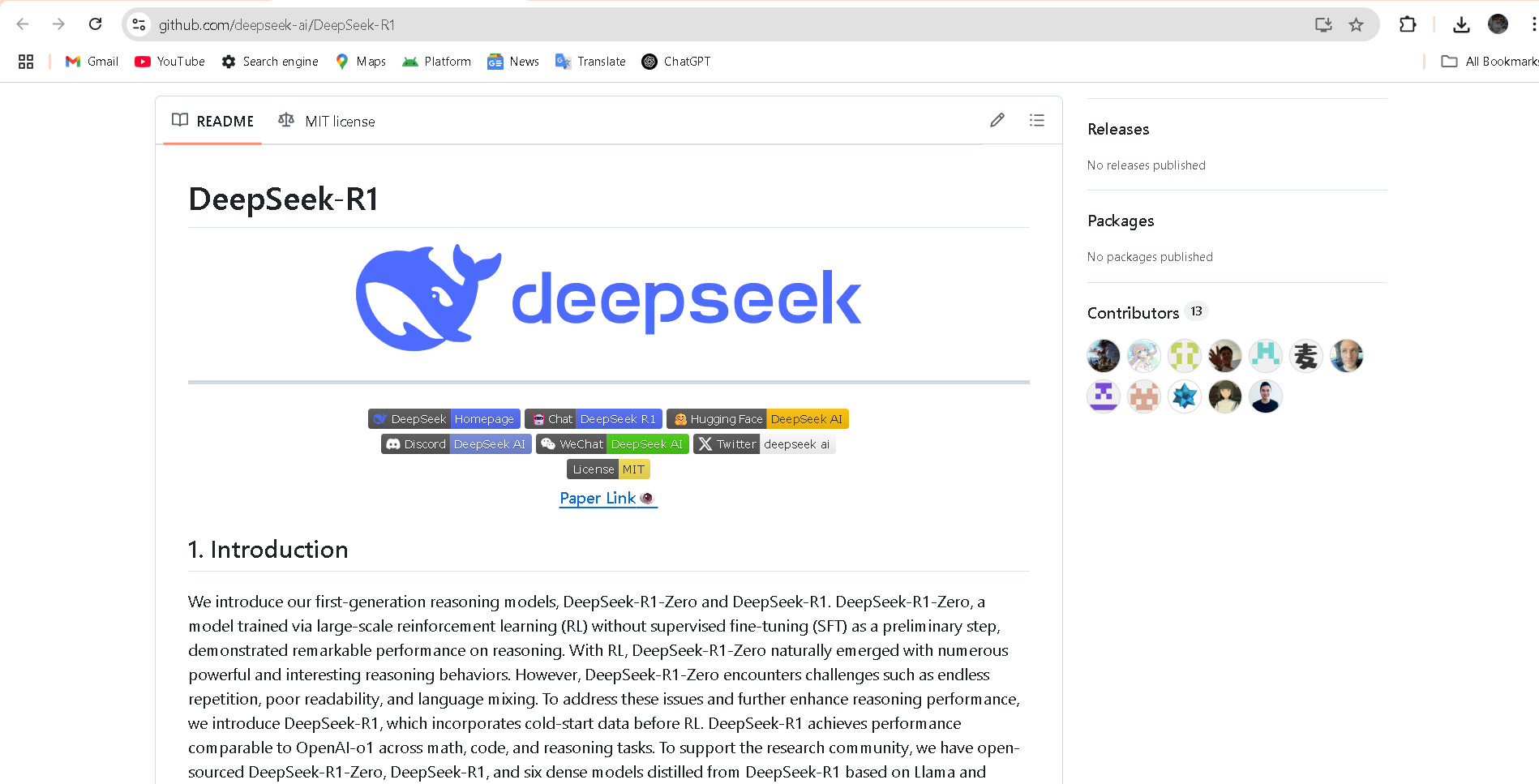

DeepSeek-R1-Lite-P..
DeepSeek R1 Lite Preview is the lightweight preview of DeepSeek’s flagship reasoning model, released on November 20, 2024. It’s designed for advanced chain-of-thought reasoning in math, coding, and logic, showcasing transparent, multi-round reasoning. It achieves performance on par—or exceeding—OpenAI’s o1-preview on benchmarks like AIME and MATH, using test-time compute scaling.


DeepSeek-R1-Lite-P..
DeepSeek R1 Lite Preview is the lightweight preview of DeepSeek’s flagship reasoning model, released on November 20, 2024. It’s designed for advanced chain-of-thought reasoning in math, coding, and logic, showcasing transparent, multi-round reasoning. It achieves performance on par—or exceeding—OpenAI’s o1-preview on benchmarks like AIME and MATH, using test-time compute scaling.


DeepSeek-R1-Lite-P..
DeepSeek R1 Lite Preview is the lightweight preview of DeepSeek’s flagship reasoning model, released on November 20, 2024. It’s designed for advanced chain-of-thought reasoning in math, coding, and logic, showcasing transparent, multi-round reasoning. It achieves performance on par—or exceeding—OpenAI’s o1-preview on benchmarks like AIME and MATH, using test-time compute scaling.
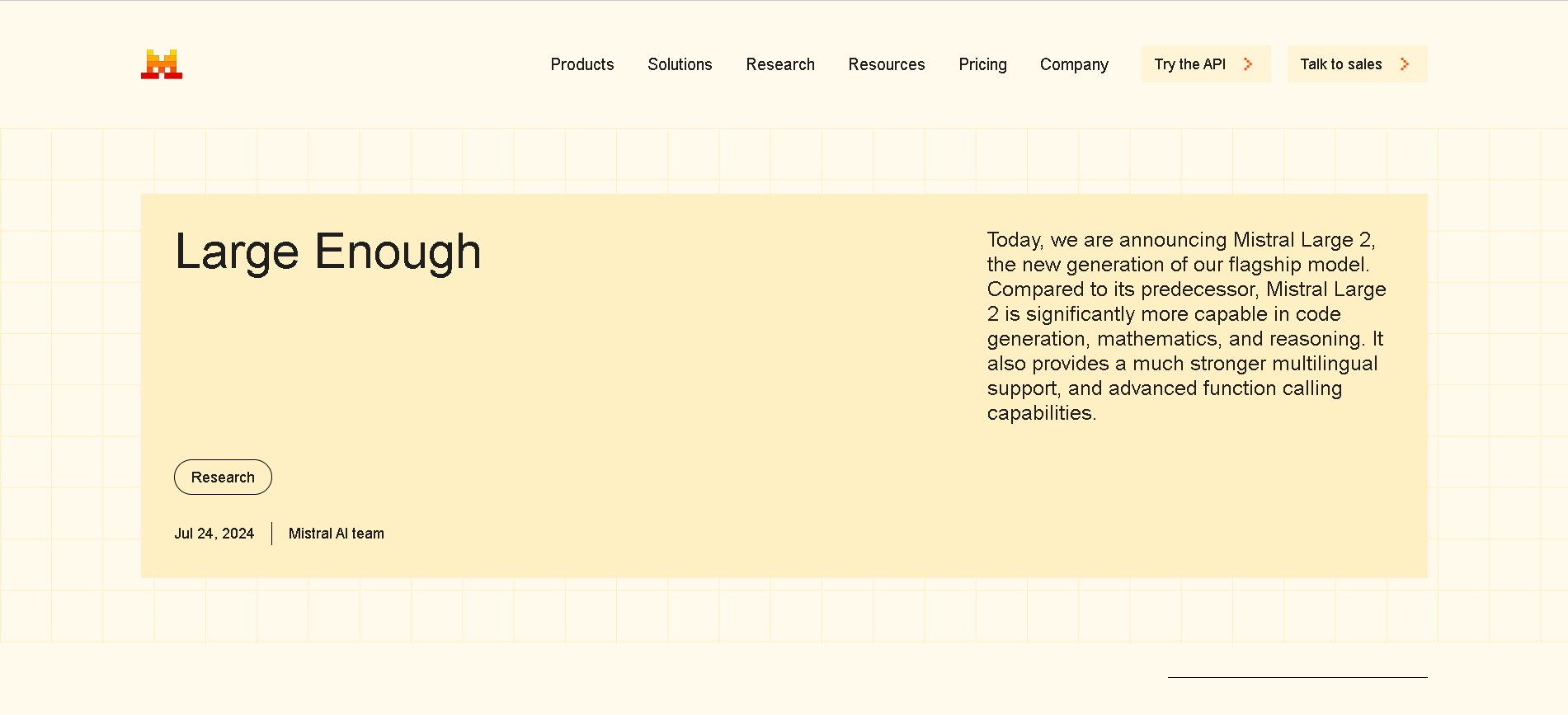
Mistral Large 2
Mistral Large 2 is the second-generation flagship model from Mistral AI, released in July 2024. Also referenced as mistral-large-2407, it’s a 123 B-parameter dense LLM with a 128 K-token context window, supporting dozens of languages and 80+ coding languages. It excels in reasoning, code generation, mathematics, instruction-following, and function calling—designed for high throughput on single-node setups.

Mistral Large 2
Mistral Large 2 is the second-generation flagship model from Mistral AI, released in July 2024. Also referenced as mistral-large-2407, it’s a 123 B-parameter dense LLM with a 128 K-token context window, supporting dozens of languages and 80+ coding languages. It excels in reasoning, code generation, mathematics, instruction-following, and function calling—designed for high throughput on single-node setups.

Mistral Large 2
Mistral Large 2 is the second-generation flagship model from Mistral AI, released in July 2024. Also referenced as mistral-large-2407, it’s a 123 B-parameter dense LLM with a 128 K-token context window, supporting dozens of languages and 80+ coding languages. It excels in reasoning, code generation, mathematics, instruction-following, and function calling—designed for high throughput on single-node setups.
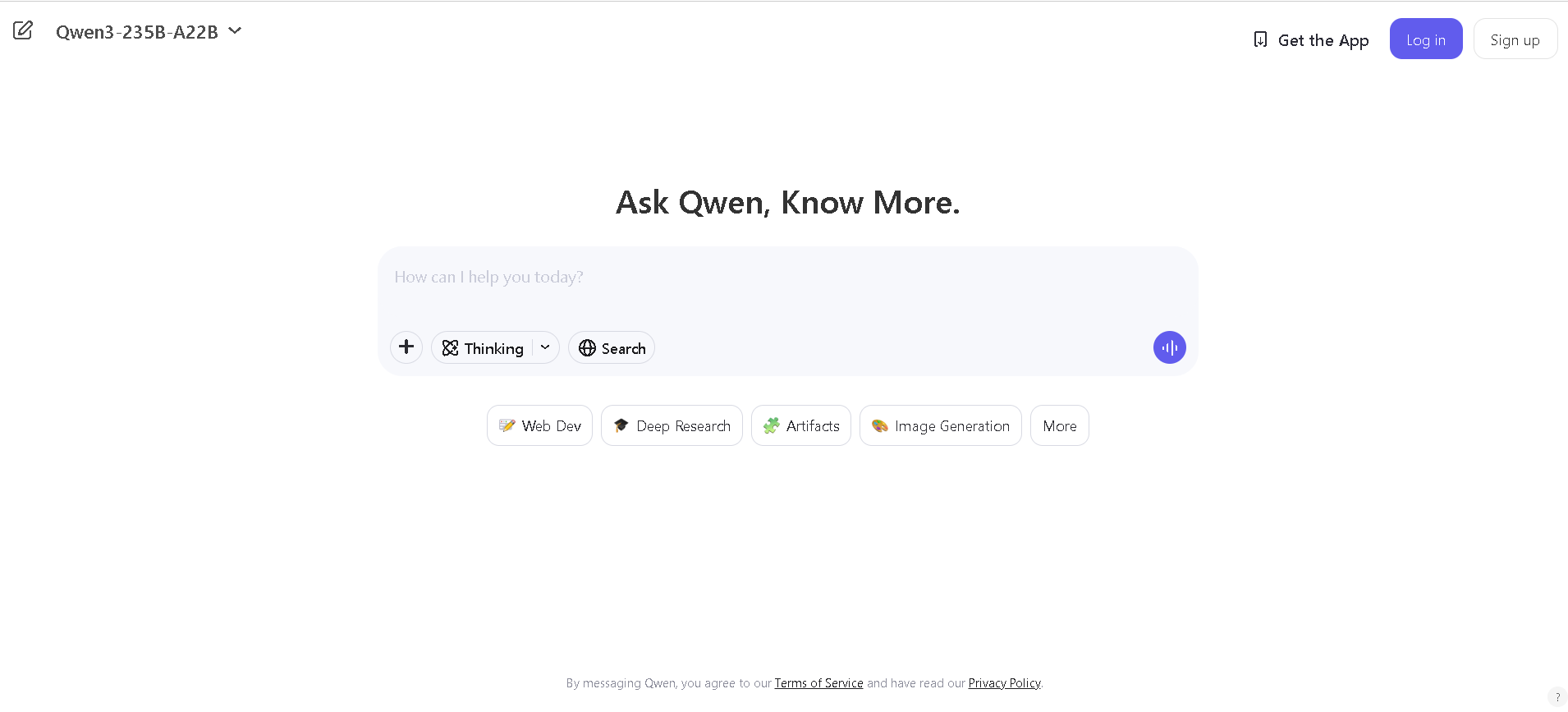
Qwen Chat
Qwen Chat is Alibaba Cloud’s conversational AI assistant built on the Qwen series (e.g., Qwen‑7B‑Chat, Qwen1.5‑7B‑Chat, Qwen‑VL, Qwen‑Audio, and Qwen2.5‑Omni). It supports text, vision, audio, and video understanding, plus image and document processing, web search integration, and image generation—all through a unified chat interface.

Qwen Chat
Qwen Chat is Alibaba Cloud’s conversational AI assistant built on the Qwen series (e.g., Qwen‑7B‑Chat, Qwen1.5‑7B‑Chat, Qwen‑VL, Qwen‑Audio, and Qwen2.5‑Omni). It supports text, vision, audio, and video understanding, plus image and document processing, web search integration, and image generation—all through a unified chat interface.

Qwen Chat
Qwen Chat is Alibaba Cloud’s conversational AI assistant built on the Qwen series (e.g., Qwen‑7B‑Chat, Qwen1.5‑7B‑Chat, Qwen‑VL, Qwen‑Audio, and Qwen2.5‑Omni). It supports text, vision, audio, and video understanding, plus image and document processing, web search integration, and image generation—all through a unified chat interface.
Editorial Note
This page was researched and written by the ATB Editorial Team. Our team researches each AI tool by reviewing its official website, testing features, exploring real use cases, and considering user feedback. Every page is fact-checked and regularly updated to ensure the information stays accurate, neutral, and useful for our readers.
If you have any suggestions or questions, email us at hello@aitoolbook.ai
